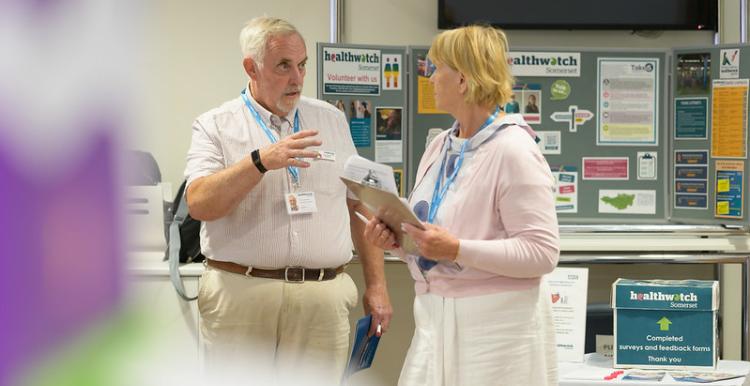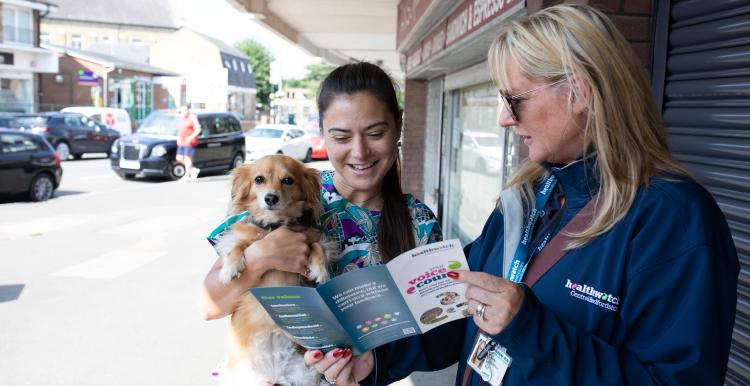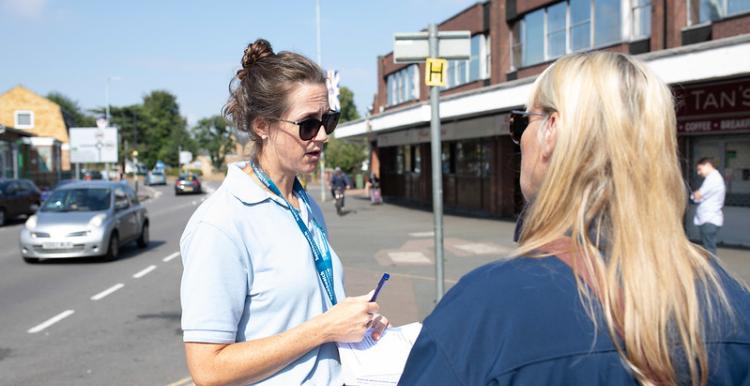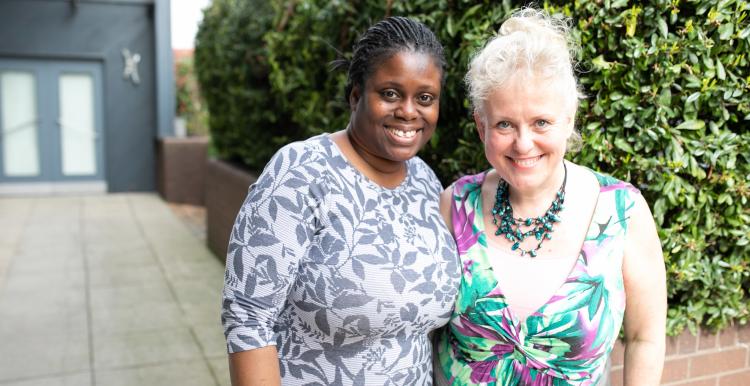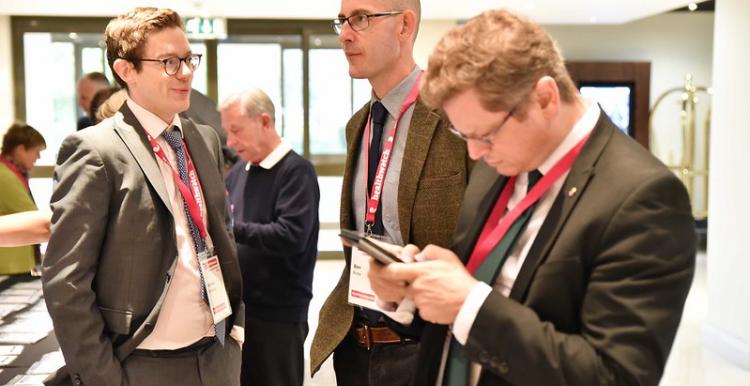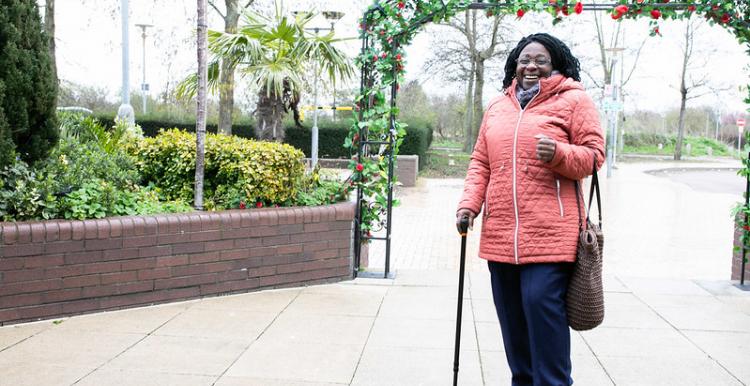Our future focus: Your questions answered
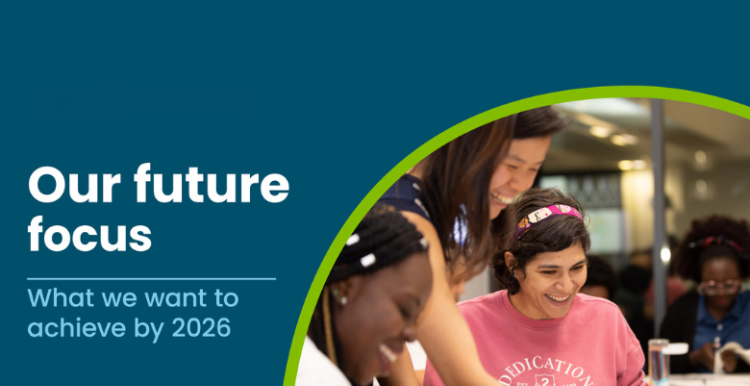
With unprecedented challenges facing NHS and social care services, we've launched 'Our future focus' - a plan setting out what we want to achieve by 2026 and the steps we will take to get there.
Why have you decided to refresh your strategic direction?
The environment in which we operate has changed. Seventy-five years after its birth, the NHS and the social care system face enormous challenges and big questions about how we invest in future services.
How can services:
- Tackle the care backlog and building a future service that can help people stay well and support those in need will be challenging?
- Help address the deep inequalities, which see factors like where you live, ethnicity or gender result in different health outcomes?
- Work together to provide better, more joined-up, efficient care that gives more control to you?
Health and social care decision-makers can't answer these questions alone and need the public's input. And this is where Healthwatch comes in.
You've demonstrated the power of feedback to help services understand what's working, spot issues and think about how care can be better. But, with investment in our work under pressure, we need to think carefully about where focus our efforts to make the biggest difference.
This is why, in 2022, our committee initiated a review of our strategic direction.
What will Healthwatch England focus on?
We will focus on three aims:
- To support more people who face the worst outcomes to speak up about their health and social care, and to access the advice they need.
- To support care decision-makers to act on public feedback and involve communities in decisions that affect them.
- To be a more effective organisation and build a stronger Healthwatch movement.
Read 'Our future focus' to find out more about how we will achieve these aims, but the steps we plan to take include:
- Continue to raise our profile so every community, especially those facing inequalities, knows we are there for them.
- Focus on the big issues that most concern the public and the communities that face the worst inequalities. These include access to primary care services, social care and women's health.
- Work with the NHS at every level – locally, regionally and nationally – to find solutions and make listening to service users the default approach across all health hand care.
- Harness the resources of the Healthwatch network more efficiently and put our funding on a sustainable footing.
Find out more
Find out more about our priorities and how we will achieve our ambitions.
Why have you decided to focus on these three aims?
We have chosen these three aims because they are flexible enough to help us respond to a changing environment but focused enough to ensure we can have specific and sustained impact, crating change based on feedback from people.
We've incorporated many things that you told us were important to you. These include:
- Continuing to raise the profile of Healthwatch, so people know how we can help;
- The importance of social care, as well as doing more to tackle access issues in primary care, as this is one of the main issues people tell us about;
- Taking steps to try and address funding issues and variation across the Healthwatch network; and
- Reduce the asks we make of you, streamline our communications and make it easier to find help and resources.
How will you know if you are successful?
Each aim includes measures to help us know if we have been successful. We will know if we are successful if:
- More people than ever know who we are and how we can help. We have a powerful supporter base, representing every community, who share feedback, get involved in our work and know the difference their views have made.
- The voice of people is heard at every level of health and social care. The strength of our evidence, especially when it comes to health inequalities, is acted on more than ever to provide better care.
- We have the funding, culture, skills and infrastructure we need to be our best.
What was achieved by the last strategic review?
Our future focus looks at what has improved since the last time we reviewed our strategic direction and areas that still need to improve. However, key achievements include:
- Greater public awareness of Healthwatch and what we do.
- We better understand who uses our service and shares their experiences with us.
- Knowing the critical ingredients for delivering a high-quality Healthwatch service and the support you need from us to deliver this.
- We can better demonstrate our impact, and an increasing number of health and social care decision-makers value us.
How did you involve people in developing your future focus?
We started the process last Autumn. We're grateful to everyone who helped shape our plan by sharing their thoughts, ideas, and reflections.
As well as looking at all the existing evidence we have, we undertook several activities, including:
- Getting regular input from a reference group made up of local Healthwatch leaders;
- Workshops with our staff and Committee;
- Discussions at Healthwatch Week 2022, where we were joined by staff and volunteers from across the country;
- Sessions with Healthwatch lead officers and chairs;
- 1-2-1 meetings with NHS, social care and third-sector leaders; and
- Events with patients, service users and those that represent them.
What does this plan mean for me, and how can I get involved?
The support we provide to you should continue to improve. We'll also be providing lots of opportunities to get involved.
If you have a question, please speak to a Healthwatch team member.

